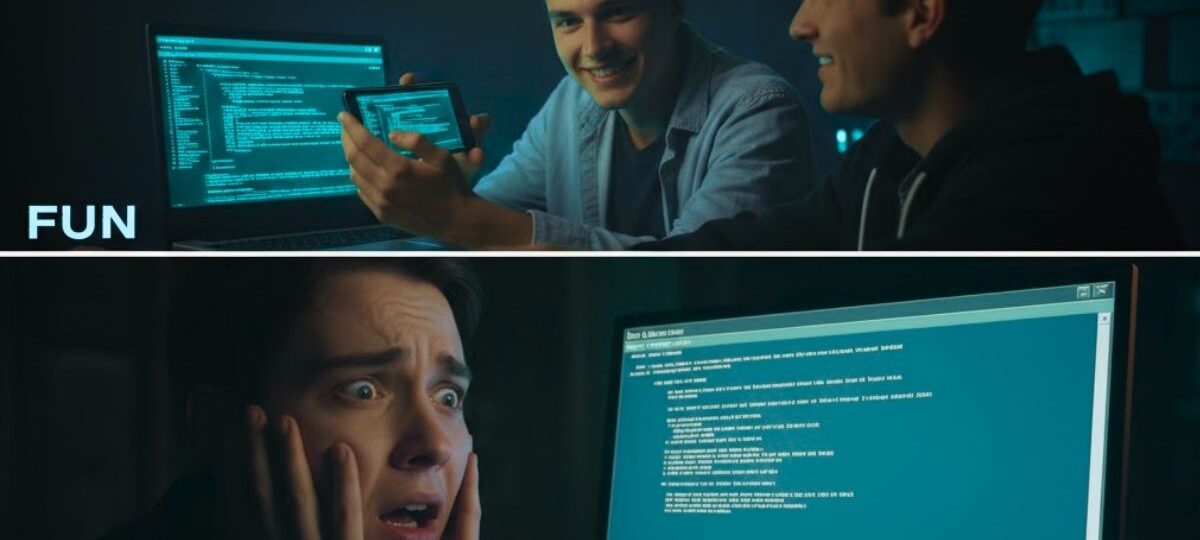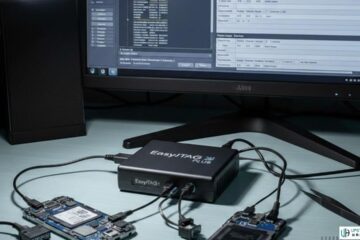In the hyper-connected world of the 21st century, where cybersecurity is a constant concern and the word “hacker” often conjures images of sinister figures, a peculiar digital phenomenon has taken hold: the fake hack prank. This trend, ranging from sophisticated-looking terminal screens designed for a quick laugh to more elaborate, socially engineered deceptions, thrives on the public’s fascination and fear of unauthorized digital intrusion. But what exactly are these fake hacks? Why are they so popular, and at what point does a seemingly harmless joke cross the line into genuine harm or even legal trouble?
This comprehensive article delves into the playful, yet often problematic, world of the “fake hack prank,” exploring its mechanics, its cultural impact, its psychological effects, and the critical need for digital literacy in an age of pervasive cyber-scams.
Decoding the “Fake Hack Prank”
A fake hack prank is essentially a simulated cyberattack designed purely for amusement, to startle a friend, or to create viral online content. Crucially, it involves no actual unauthorized access, system compromise, or data theft. The deception rests entirely on creating a convincing illusion of hacking.
This genre is distinct from malicious cyber-scams, which use the threat of hacking—like a fake ransomware pop-up demanding payment—for financial gain. While the latter is outright criminal, the prank variety typically stays within the realm of jokes between individuals, though the techniques used often blur the lines.
The Anatomy of the Illusion
The most common fake hack pranks leverage a few key psychological and technological elements to achieve their effect:
- The “Hacker Typer” Screen: The quintessential visual element is the rapidly scrolling, green or white text on a black background—the iconic look popularized by movies. Tools like “Hacker Typer” websites allow a user to simply press random keys and generate a convincing, fast-paced stream of “code” or “system activity,” instantly transforming an amateur into a cinematic cyber-wizard for onlookers.
- Command Line Deception: For a slightly more sophisticated prank, users might utilize harmless, built-in computer utilities. On Windows, typing simple, non-damaging commands like
treeoripconfig /allinto the Command Prompt (with the text color set to bright green usingcolor 0a) creates the appearance of deep system access. Mac users can achieve similar effects in the Terminal with commands liketoporls -R /. - The Desktop Screenshot Trick: A timeless classic involves taking a screenshot of a friend’s desktop, setting it as the background, and then hiding all the actual desktop icons. When the victim clicks in vain on a “dead” icon, they are led to believe their computer is frozen or malfunctioning, a prank that often induces immediate panic.
- Fake Update/Blue Screen Pranks: Websites like fakeupdate.net or simulated “Blue Screen of Death” (BSOD) screens can be set to full-screen mode on an unattended computer, creating the terrifying illusion of catastrophic system failure or an endless, mandatory update.
Why the Fascination? The Cultural and Psychological Appeal
The enduring popularity of the fake hack prank is rooted in a blend of psychological and cultural factors:
- The Power of the Illusion: The act capitalizes on the general public’s limited technical knowledge. For those unfamiliar with command-line interfaces, the rapid stream of jargon-filled text is genuinely intimidating, leading to a satisfyingly dramatic reaction for the prankster.
- The Hacker as a Pop Culture Icon: Hollywood has long cemented the image of the “hacker” as a figure of high-tech prowess and mysterious power. The prank allows ordinary individuals to momentarily embody this exciting, larger-than-life character.
- Viral Content Economy: In the age of social media, dramatic reactions are currency. A successful, surprising fake hack prank, especially one captured on video, has massive potential to go viral, driving views, likes, and follows for content creators. The motivation often shifts from just a private joke to public performance.
The Blurry Line: From Joke to Jeopardy
While most fake hack pranks start with benign intent, the line between harmless fun and genuine harm is surprisingly thin and easily crossed, especially when fear is leveraged.
Psychological and Relational Impact
For the victim, even a short-lived deception can be genuinely stressful. The immediate fear of having personal data stolen, sensitive work files destroyed, or one’s digital life exposed can cause anxiety, distress, and a loss of trust. When a prank is aimed at a target who is elderly, technologically vulnerable, or highly dependent on their computer for work, the emotional fallout can be disproportionately severe. A joke that causes an emotional trauma is no longer a prank, but a form of psychological distress.
The Risk of Escalation and Real Cyber-Threats
The most dangerous aspect is the potential for these “prank” techniques to be misused for actual malicious intent. The same psychological vulnerability exploited for a laugh—the fear and uncertainty around digital security—is the primary tool of real cybercriminals.
Furthermore, overly convincing fake hacks can inadvertently condition people to dismiss real cyber threats. If a person is constantly exposed to fake warnings and hacks, they may become jaded and fail to recognize or properly react when a genuine data breach, ransomware, or phishing attack occurs.
Legal Ramifications: The Prankster’s Peril
Despite the “fake” nature, pranksters must exercise extreme caution, as the law does not always differentiate between intent and action when it comes to unauthorized computer use. Laws like the Computer Misuse Act (UK) or the Computer Fraud and Abuse Act (US) are very broad.
If a prank involves:
- Accessing a System without Explicit Permission: Even guessing a simple password or using a friend’s unlocked, unattended device can, in theory, constitute “unauthorized access,” a potential violation depending on jurisdiction.
- Causing Stress or Financial Loss: If the victim, believing their system is compromised, pays a technician to fix the non-existent issue, the prankster could be liable for the financial damage or face charges related to harassment or extortion, even if the money went to a third party.
A good-natured joke can quickly turn into a legal nightmare if authorities perceive the simulated attack as a genuine attempt to impair a system, even temporarily, or if it is executed on a corporate network.
Conclusion: Digital Literacy is the Best Defense
The “fake hack prank” is a modern cultural phenomenon, reflecting both our playful nature and our collective anxiety about technology. It is a cautionary tale that highlights the blurred boundaries between the virtual and the real, the comedic and the criminal.
For the prankster, the lesson is clear: know your audience, stop immediately if the joke causes genuine distress, and never, under any circumstances, execute a “fake hack” on an organizational system, or a target’s system without prior, explicit, and revocable consent.
For the potential victim, the rise of this trend underscores the critical need for digital literacy. Understanding basic computer functions, recognizing common command-line screens, and adopting a healthy skepticism toward sudden, dramatic system alerts are the best defenses.
In the digital landscape, where the appearance of reality is often more impactful than reality itself, the fake hack prank serves as an entertaining, yet powerful, reminder: the greatest weakness in any system is often not the code, but the human being reacting to the screen. To stay safe and keep the humor harmless, we must all learn to distinguish the dramatic illusion from the dangerous reality.
See Also: Security Clearance & SCI Access: Gateway to National Secrets










